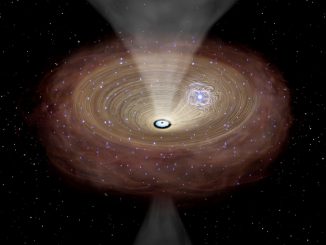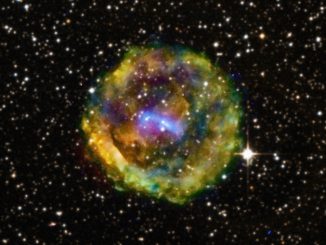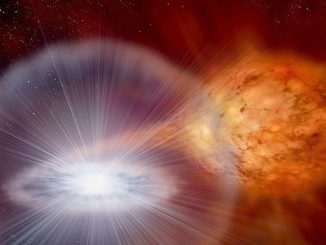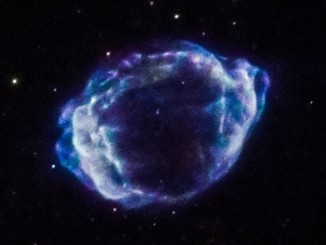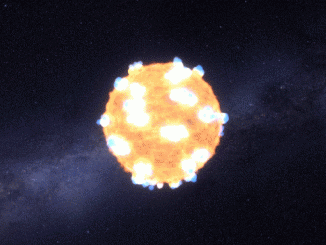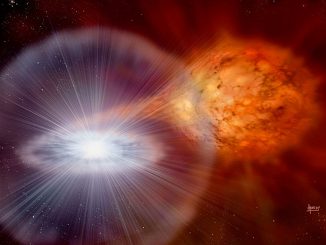
Study confirms that novae are main source of lithium in the universe
Lithium, like the majority of chemical elements, can trace its origins back to astrophysical phenomena, but its point of genesis was unclear. Recently, a group of researchers detected enormous quantities of beryllium-7 — an unstable element which decays into lithium — inside nova V5668 Sgr, which suggests that novae are the main source of lithium in the galaxy.

